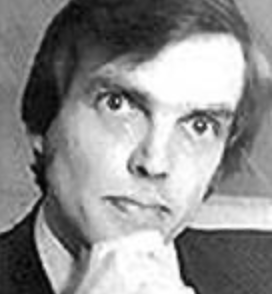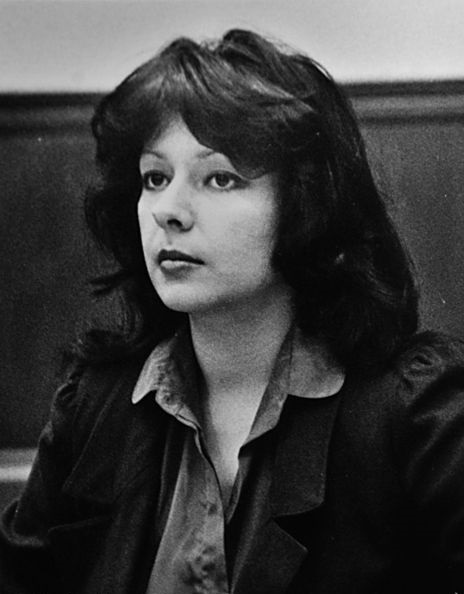
Three days later, another victim was found in the woods in the San Fernando Valley. Two days later, the couple put the freshly cleaned head in a box and dumped it in an alleyway. Bundy, upon seeing it, put make-up on it before Clark used it again for another "bout of necrophilia." Clark took the head back home and stored it in the refrigerator. Like before, Clark lured them into the car, shot them, and dumped their bodies in plain sight, but not before removing Wilson's head. Twelve days after the initial murders, Clark killed two sex workers, Karen Jones and Exxie Wilson. įorensic facial reconstruction of Clark's unidentified victim, found in 1980. Clark told Bundy that, if either of them were apprehended, he would take the blame in the hope that she would be allowed to go free. An uneasy Bundy phoned the police, admitting to having some knowledge of the murders, but refused to provide any clues as to Clark's identity. He had then dumped the bodies near the Ventura Freeway, where they were found the next day. He had ordered them to perform fellatio on him and then shot them both in the head before taking them to a garage and raping their dead bodies. One night, during June 1980, Clark came home and told Bundy about two teenagers, Gina Marano and Cynthia Chandler, whom he had murdered after picking them up on the Sunset Strip. He persuaded Bundy to purchase two pistols for him to use, reportedly seeking to fulfill his fantasy of killing a woman during sex and feeling her vaginal contractions during the death spasms. Clark quickly escalated from pedophilia, talking about how much he would like to kill a girl during sex. Then, when Clark took an interest in an 11-year-old neighbor, Bundy helped lure the girl into posing for pornographic photographs.

MurdersĬlark started bringing sex workers back to the couple's apartment to have threesomes. He soon moved in with her and learned they shared dark sexual fantasies. One of the bars he frequented in the area was called Little Nashville, where he met Carol M. Subsequently, Clark became a boiler operator at the Jergens soap factory in Burbank, but was fired due to a high rate of absence and violent threats he had made against his coworkers.

He moved to Los Angeles and was employed as a steam plant operator for the Los Angeles Department of Water and Power, working at the Valley Generating Station, before abruptly quitting.

Ĭlark was eventually discharged from the Air Force and he drifted around for the next decade, often working as a mechanic. Air Force stationed in Colorado and Ohio. When he graduated in 1967, Clark enlisted in the U.S.

Clark was sent to an exclusive international school in Geneva and later attended Culver Military Academy while his father continued to move around the world. They lived in the Marshall Islands for a time, moved back to San Francisco, California, and then moved again to India. In 1958, his father left the Navy for a civilian position as an engineer with the Transport Company of Texas, but the family still moved around. His family moved frequently during Clark's childhood due to his father's job, and he later claimed to have lived in 37 countries. Doug Clark was the son of Franklin Clark, a Naval Intelligence officer.


 0 kommentar(er)
0 kommentar(er)
